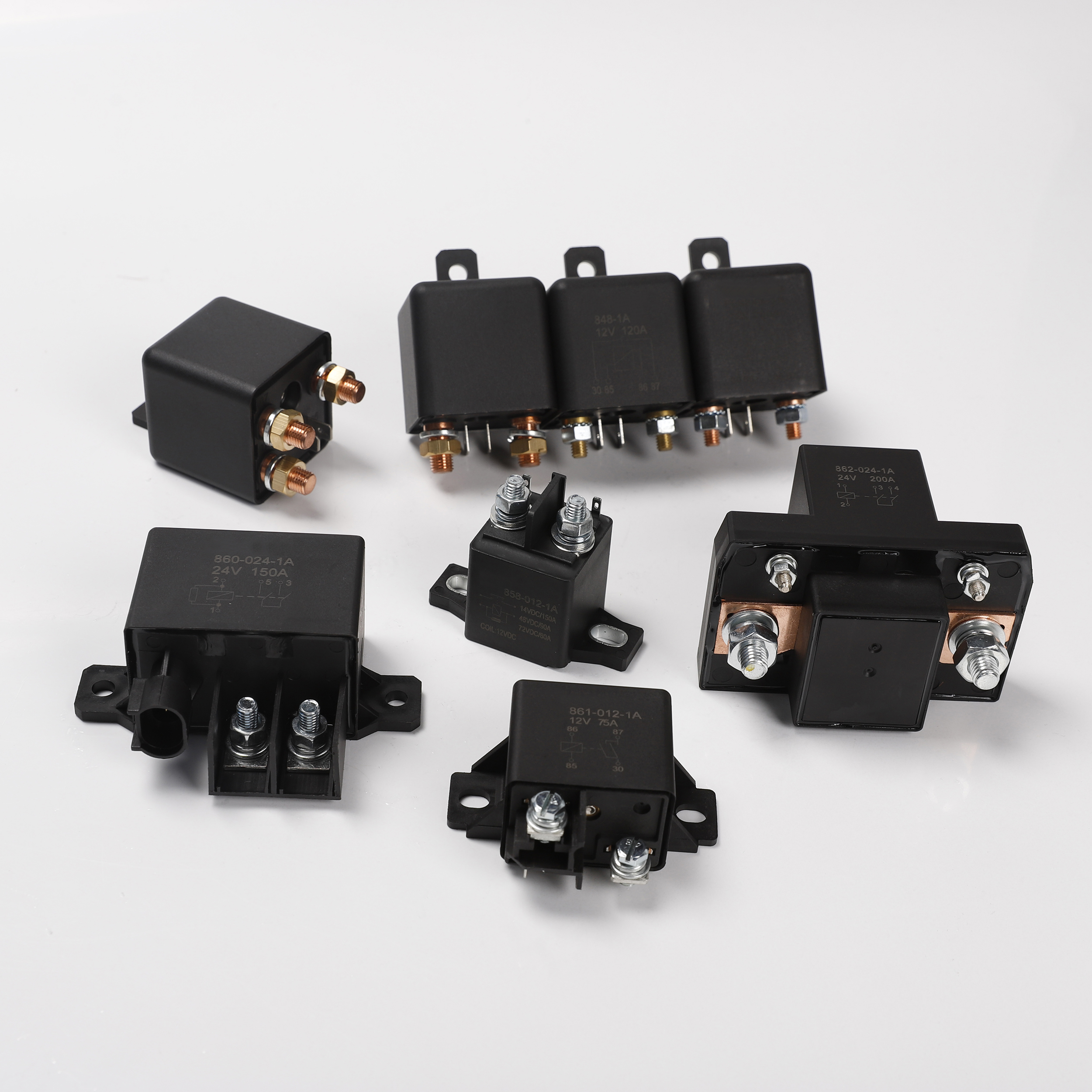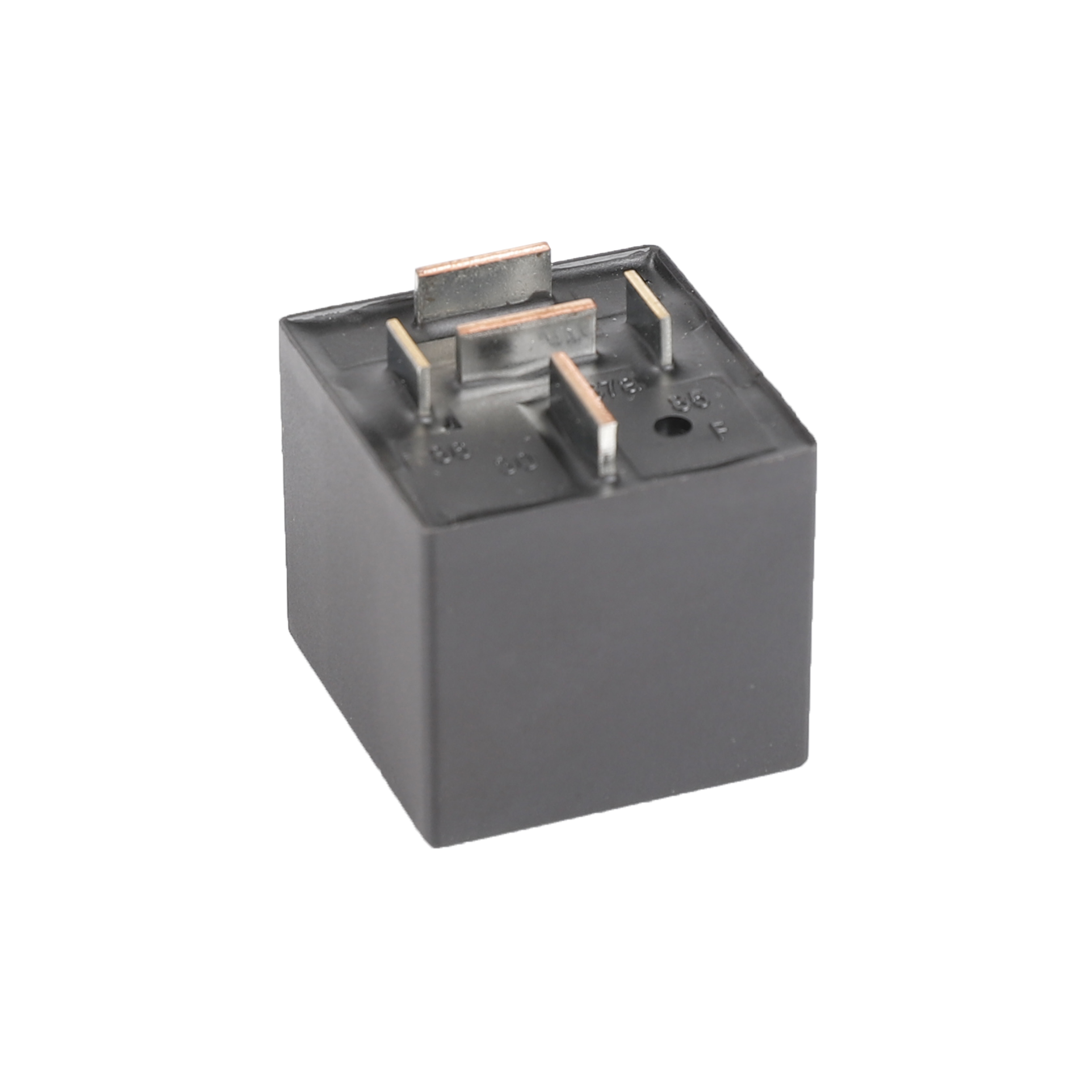Table of Contents
Understanding the Functionality of Automotive Relay PCB
The automotive industry has seen a significant evolution in technology over the years, with the integration of complex electrical systems becoming a standard feature in modern vehicles. One such critical component that plays a pivotal role in the functioning of these systems is the automotive relay printed circuit board (PCB), also known as the vehicle relay switch. This article aims to provide a comprehensive understanding of the functionality of the automotive relay PCB.
An automotive relay PCB is a switch that opens and closes circuits electromechanically or electronically. It controls one electrical circuit by opening and closing contacts in another circuit. As a switch, it operates under the control of an independent circuit. This means that when current is applied to the relay’s coil, it generates a magnetic field that causes a lever to move and switch the circuit.
The primary function of the automotive relay PCB is to control a high current circuit with a low current signal. For instance, a vehicle’s headlights require a high current, which could be potentially dangerous and damaging if controlled directly by the headlight switch. Therefore, the headlight switch provides a low current signal to the relay, which then Switches on the high current circuit. This not only ensures Safety but also enhances the longevity of the switch.
Automotive relay PCBs are also used to control multiple circuits. A single relay can be designed to switch several circuits on and off simultaneously. This is particularly useful in complex systems where multiple outputs need to be controlled at once. For example, when you turn on your car’s ignition, several systems such as the fuel pump, Ignition Coils, and engine control unit need to be activated simultaneously. This is made possible by the relay PCB.
Another significant advantage of using automotive relay PCBs is that they can be designed to provide time delay functions. This means that the relay can be programmed to switch on or off after a specific time interval. This feature is commonly used in vehicle lighting systems, where the headlights can be set to remain on for a certain period after the vehicle has been turned off, providing light for the driver to safely reach their destination.

Furthermore, automotive relay PCBs are designed to withstand harsh environmental conditions. They are typically encapsulated in a plastic case to protect the internal components from dust, moisture, and mechanical damage. This ensures that the relay continues to function reliably, even under extreme conditions.
In conclusion, the automotive relay PCB or vehicle relay switch is a crucial component in modern vehicles. It plays a vital role in controlling high current circuits, managing multiple circuits simultaneously, and providing time delay functions. Its robust design ensures reliable operation under harsh conditions, making it an indispensable part of the vehicle’s electrical system. Understanding the functionality of the automotive relay PCB can provide valuable insights into the complex electrical systems that power our vehicles and pave the way for future innovations in automotive technology.
The Essential Guide to Vehicle Relay Switches
The automotive industry has seen a significant evolution in technology over the years, with the introduction of various electronic components designed to enhance vehicle performance and safety. Among these components, the automotive relay printed circuit board (PCB) and vehicle relay switch play a crucial role in the functioning of a vehicle. Understanding these components is essential for anyone interested in the mechanics of automobiles.
| Nr. | Products |
| 6 | Automotive Relay |
An automotive relay PCB is a small device that controls the flow of electricity within a vehicle’s electrical system. It is essentially a switch that opens and closes circuits electronically or electromechanically. The relay PCB is designed to control a large amount of electrical current using a small amount of current. This is particularly useful in a vehicle, where many systems require a significant amount of power to operate, such as the headlights, engine fan, and fuel pump.
The relay PCB works by receiving a small electrical signal from a physical switch, such as the ignition switch or a button on the dashboard. This signal triggers a larger flow of electricity to a specific component in the vehicle, allowing it to operate. The relay PCB is a critical component because it allows for the safe and efficient control of electrical systems within a vehicle.
On the other hand, a vehicle relay switch is a type of switch used in vehicles to control various electrical systems. It is essentially a type of relay, but it is specifically designed for use in vehicles. The vehicle relay switch is typically used to control high current circuits in a vehicle, such as the Starter motor, headlights, and air conditioning system.
| No. | Commodity Name |
| 2 | Truck Relay |
The vehicle relay switch operates in a similar way to the relay PCB. When the driver turns the ignition key or Presses a button on the dashboard, a small electrical signal is sent to the relay switch. This signal triggers the relay switch to close, allowing a larger flow of electricity to pass through to the specific component that needs to operate.
The use of a vehicle relay switch is beneficial for several reasons. Firstly, it allows for the control of high current circuits using a small amount of electrical current. This means that the physical switches in the vehicle, such as the ignition key or dashboard Buttons, do not need to handle large amounts of current, which can be dangerous and cause wear and tear. Secondly, the relay switch provides a level of safety by isolating the high current circuits from the rest of the vehicle’s electrical system. This helps to prevent electrical faults and potential fires.
| Nr. | Products |
| 7 | Truck Relay |
In conclusion, the automotive relay PCB and vehicle relay switch are essential components in a vehicle’s electrical system. They allow for the safe and efficient control of various electrical systems within a vehicle, using a small amount of electrical current to control a larger flow of electricity. Understanding these components can provide valuable insight into the workings of a vehicle and can help in diagnosing and fixing potential electrical issues.

